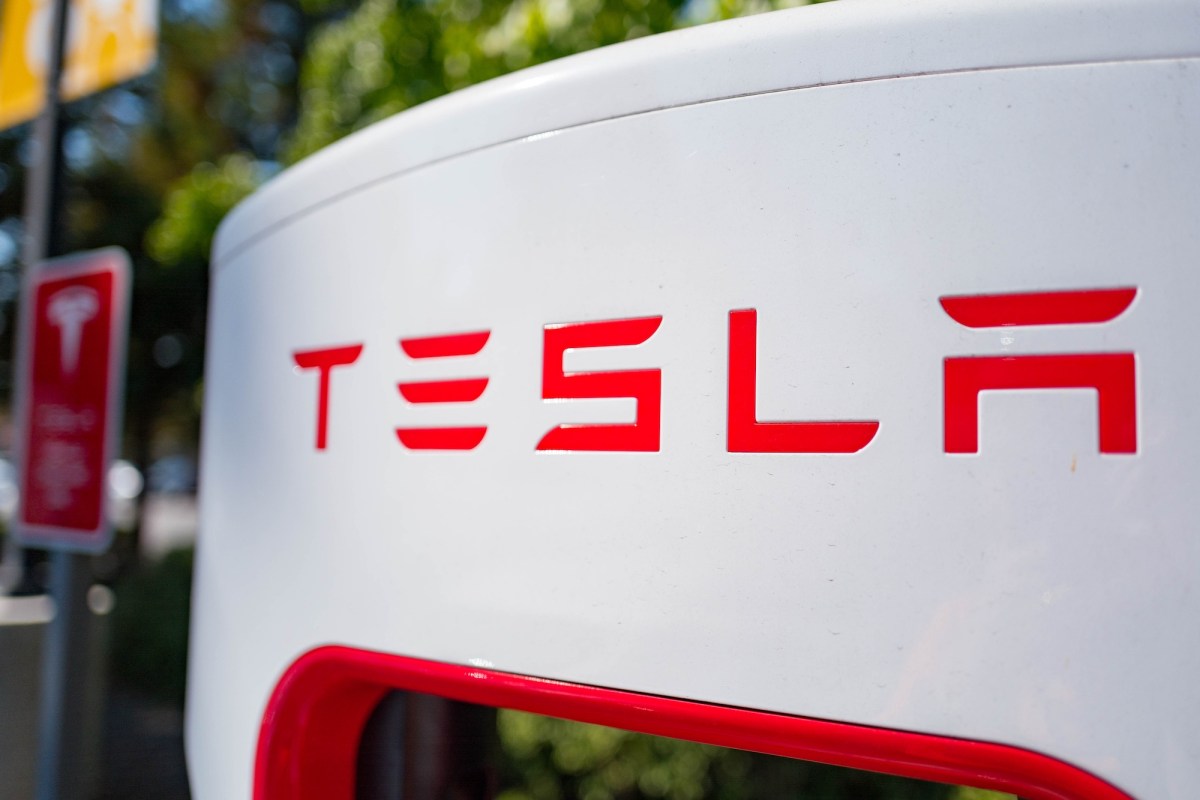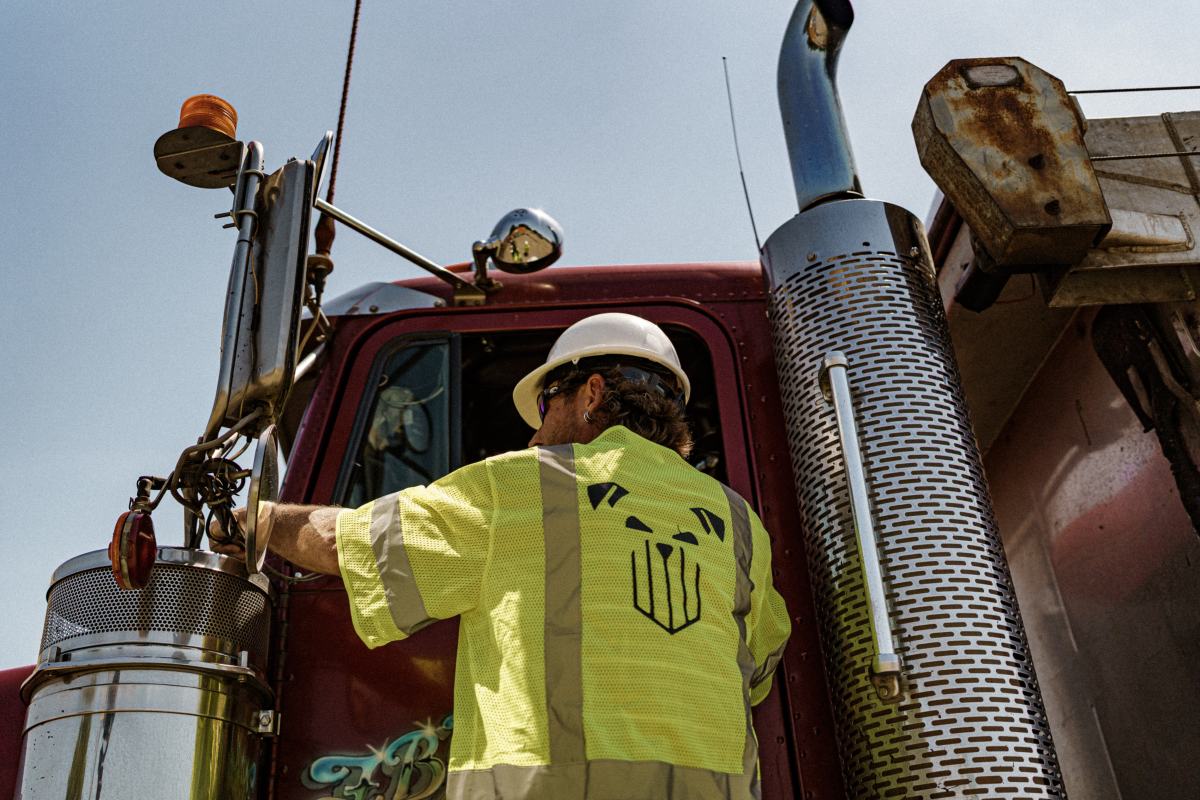Tesla Q1 income falls 24% as EV price cuts squeeze profits
Tesla reported Wednesday net income of $2.51 billion in the first quarter, a 24% drop from the same period last year as the company’s EV price-cutting strategy cut into profits.
Tesla has repeatedly reduced the price of its four EVs — the Model S, Model X, Model Y and Model 3 — in the United States as well as Europe and China. That strategy has helped boost sales with revenue in the first quarter reaching $23.3 billion, a 24% pop from the same period last year.
But it has also squeezed the automaker’s traditionally robust automotive gross margins. At the same time, Tesla’s operating expenses have remained mostly flat (falling just 1% from Q1 in 2022) and its capital expenditures have increased. The company reported that it spent $2 billion in capital expenditures in the first quarter, a 17% increase from the same quarter last year.
Meanwhile, its operating margin — one measure of profitability and an area where Tesla has been an industry leader — fell from 19.2% in the first quarter of 2022 to 11.4 in this period.
Tesla shares fell 4% in after-hours trading.
Tesla continues to generate most of its revenue from the sale of EVs, although there is some growth in other areas like energy storage and solar.
In the first quarter, Tesla’s automotive revenue — a figure that includes $521 million in zero emissions tax credits — hit nearly $19.9 billion, an 18% increase YoY. That regulatory credits number is up from the last three quarters, but down from Q1 2022.
Tesla closed out the quarter with free cash flow of $441 million, which is down 80% from the same period last year.
Energy generation and storage revenue
Tesla CEO Elon Musk revealed the company’s Master Plan Part 3 at the company’s annual Investor Day in March 2023. Much of the plan was focused on how Tesla would drive the global shift away from fossil fuels and toward renewable energy, and the automaker’s energy storage and generation business is a big part of that plan.
In the first quarter, revenue from that side of the business hit a record $1.5 billion, an increase of 148% from the same quarter last year. Tesla said it is rapidly growing its energy storage production capacity at its Megafactory in Lathrop, California. The company also recently announced a new Megafactory in Shanghai that will have 40 GWh of capacity. Construction is scheduled for later this year.
Tesla’s deployments for energy storage also increased significantly YoY, up 360% to 3.9 GWh, which the company says is the highest level of deployments due to the Megafactory ramp. In the solar department, deployments increased 40% from Q1 2022, but declined quarter-over-quarter. Tesla says this is due to volatile weather, as well as supply chain challenges.
From hardware to software
Tesla repeatedly noted that it plans to increase revenue from software-related services.
“While we continue to execute on innovations to reduce the cost of manufacturing and operations, over time, we expect our hardware-related profits to be accompanied with an acceleration of software-related profits,” the company said in its Q1 letter to shareholders. ” We continue to believe that our operating margin will remain among the highest in the industry.”
ADAS
Tesla doesn’t break out the revenue it makes from its advanced driver assistance system. The company’s ADAS known as Autopilot is standard on all of its vehicles. However, it generates revenue through two optional upgrades: a product called Enhanced Autopilot for $6,000 or its so-called Full Self-Driving system for $15,000. Tesla vehicles equipped with FSD are not self-driving.
The company said during its Q4 earnings call that around 400,000 cars in the U.S. and Canada have its FSD software. Tesla has changed the price of FSD over the years, but its most current iteration is currently $15,000 in North America. FSD is beta software that was first made available to specific owners and then slowly rolled out to others who had purchased the product.
In the first quarter, Tesla recalled the majority of vehicles with FSD onboard due to safety issues. The automaker then released the latest version of FSD Beta, which combines highway driving and city driving into one software stack. As a result of the wide reach and capabilities of the system, Tesla is able to continuously collect millions of miles of data to continue to train its models. Tesla reported over 150 million miles driven to date, and counting.
Tesla 2023 guidance
Tesla said Wednesday its guidance for 2023 remains the same. The company expects to remain ahead of its long-term 50% compound annual growth rate with around 1.8 million cars for the year. Earlier this month, Tesla reported it delivered 422,875 vehicles in the first quarter.




